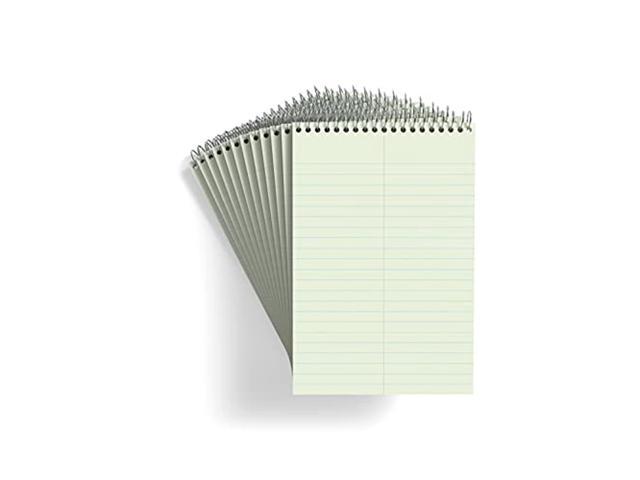Excerpt from Makers of America, Vol. 3: An Historical and Biographical Work by an Able Corps of Writers
In 1741, Seabrooke’s description Of St. Simon’s Island men tions the fact that the soldiers Of General Oglethorpe’s regiment planted small plots of land near their camps in cotton, which, when gathered, their wives spun and knit into stockings. In 1749, we read that the London Trustees Of Georgia objected to the colonists spinning and weaving their cotton, because such a custom might interfere with the cotton manufacturers of Great Britain.
This West India cotton, however, bore little resemblance to the present Sea Island product.
The first authentic record of the introduction Of Sea Island cotton (as we now know it) was in 1768, when seed was sent from the Bahama Islands to Governor Tattnall and James Spalding, and was by them introduced into Georgia. Referring to this seed it is stated: The cotton adapted itself to the climate and every successive year from 1787 saw long-stapled cotton extending itself along the shores of Georgia and South Carolina.
Richard Leake, Of Savannah, was probably the first man to plant Sea Island cotton, and in 1788, sent samples to Philadelphia, mentioning in his letter Of the advice that he would raise 5000 pounds on eight acres, and also stating that he found great difficulty in cleaning the cotton from the seed.
About the Publisher
Forgotten Books publishes hundreds of thousands of rare and classic books. Find more at www.forgottenbooks.com
This book is a reproduction of an important historical work. Forgotten Books uses state-of-the-art technology to digitally reconstruct the work, preserving the original format whilst repairing imperfections present in the aged copy. In rare cases, an imperfection in the original, such as a blemish or missing page, may be replicated in our edition. We do, however, repair the vast majority of imperfections successfully; any imperfections that remain are intentionally left to preserve the state of such historical works.















